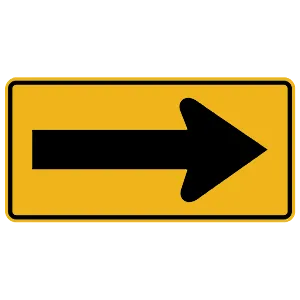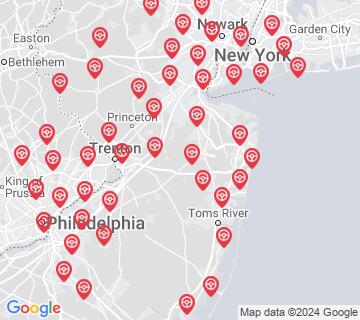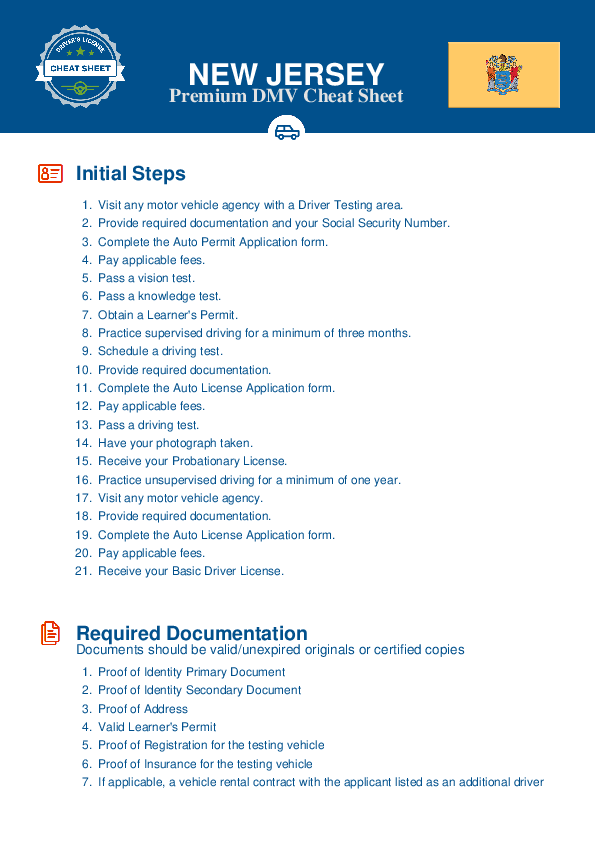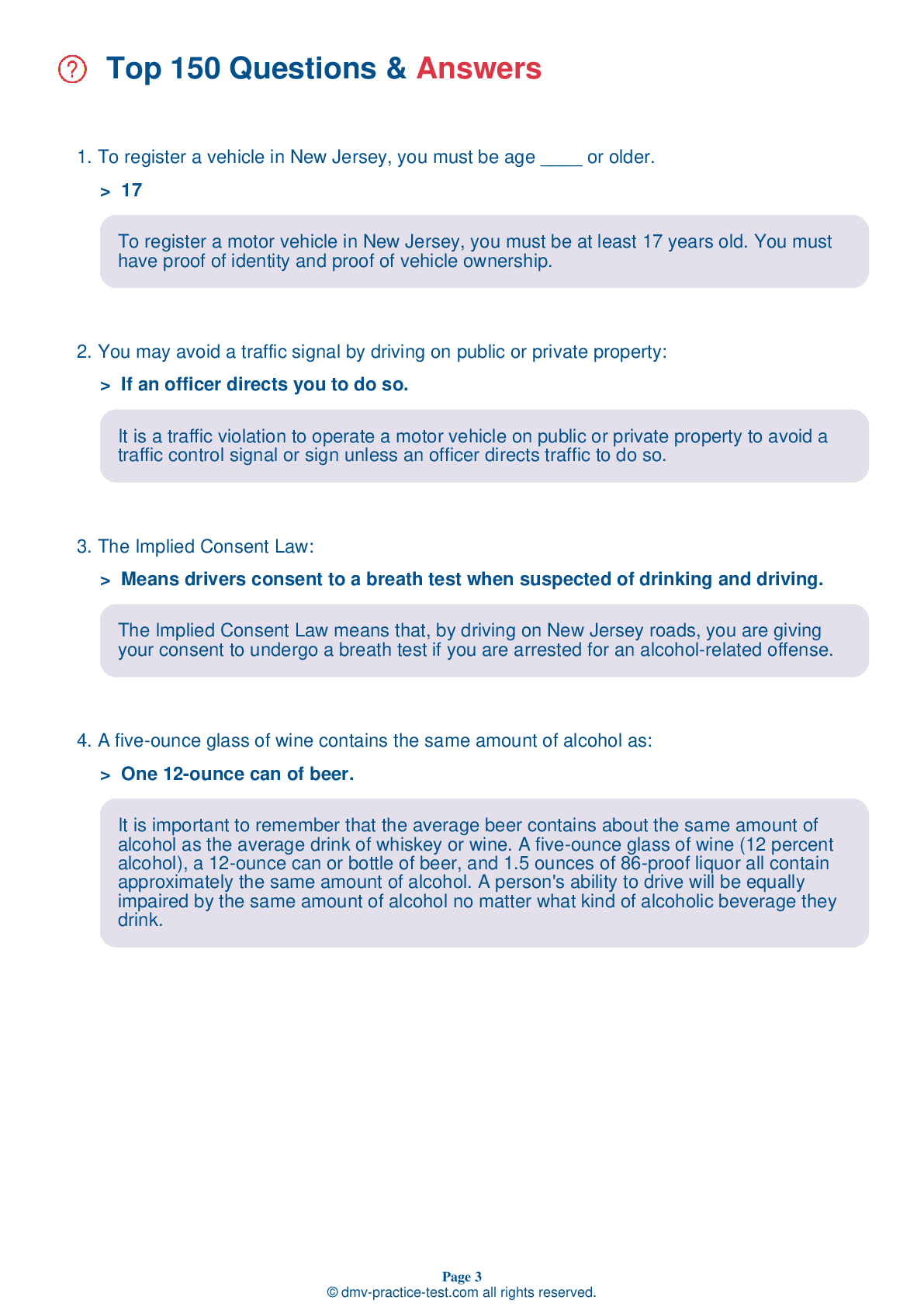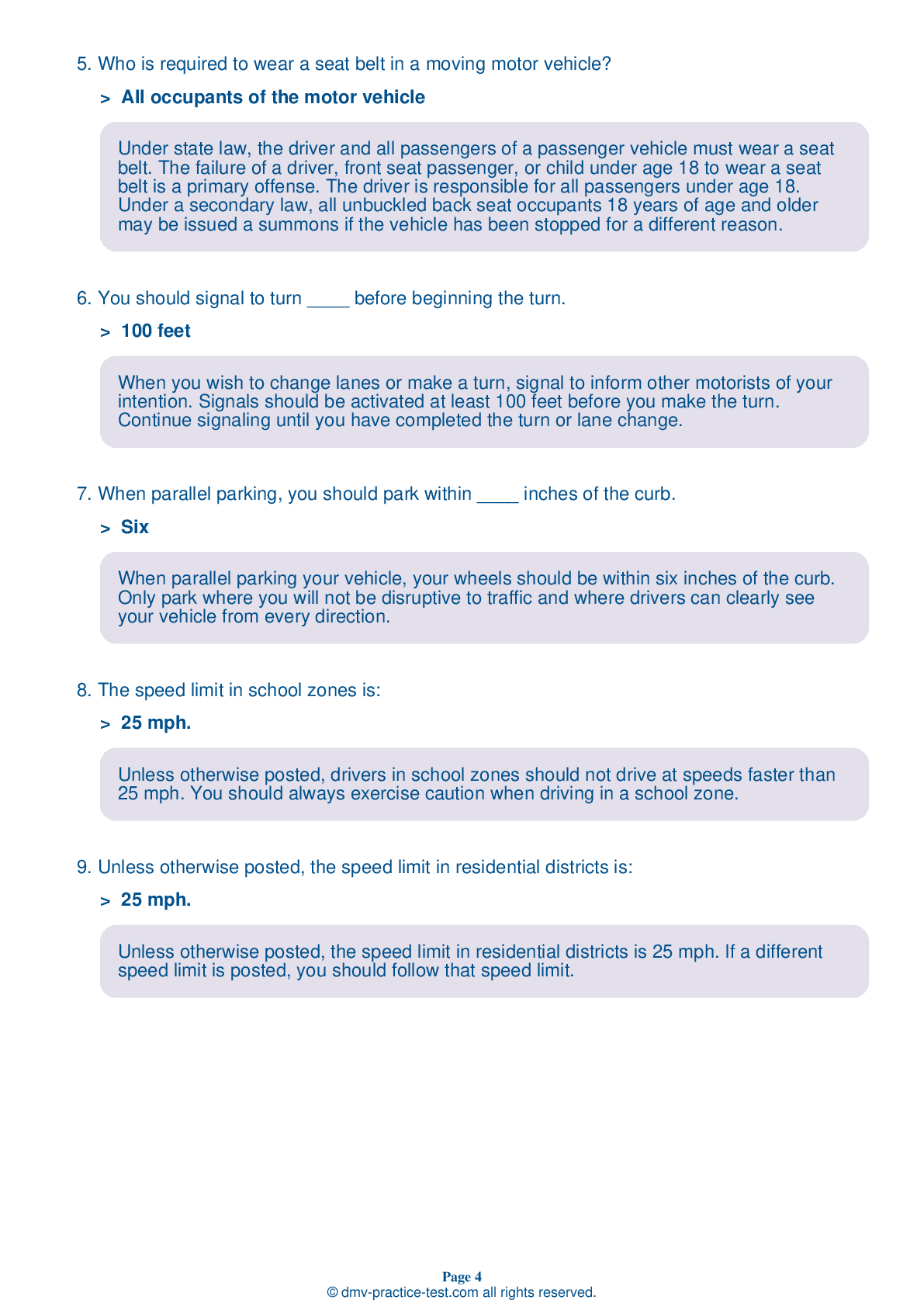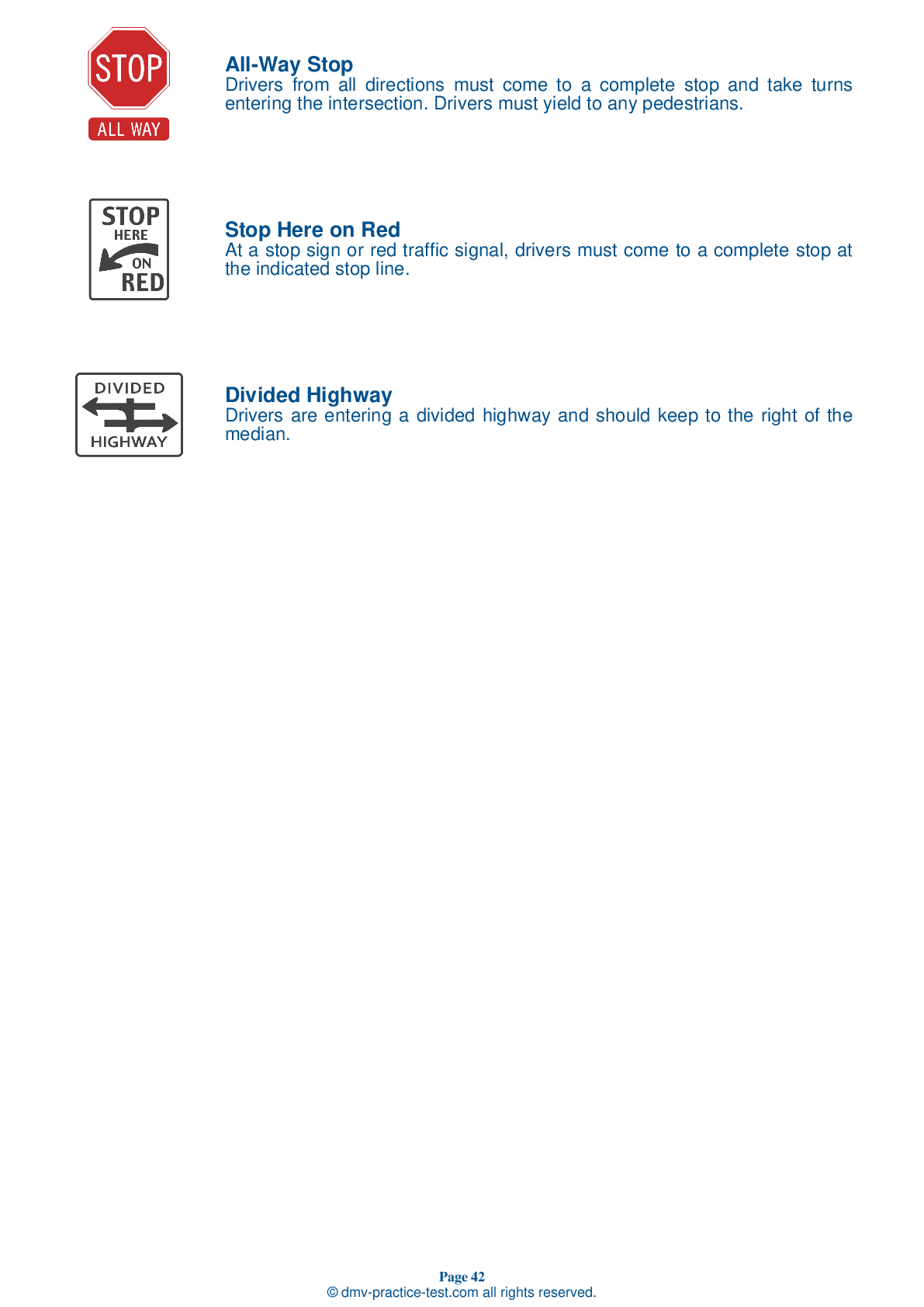FREE New Jersey DMV Practice Test #3
New Jersey's DMV practise examinations have been revised for January 2025. It includes questions based on the New Jersey Driver Handbook's most essential traffic signals and regulations for 2025. Use actual questions that are very similar (often identical!) to the DMV driving permit test and driver's licence exam to study for the DMV driving permit test and driver's licence exam.
On the practise exam, each question gets a tip and explanation to help you remember the concepts. The written component of the official New Jersey DMV test will include questions about traffic rules, traffic signs, and driving statutes, as well as knowledge from the Driver Handbook.
To obtain a passing grade, you must correctly answer 40 of the 50 questions. Take this practise test from the New Jersey Department of Motor Vehicles to help you prepare for your instruction permit or driver's licence.
The DMV exam is available in several languages.
Using any kind of testing assistance will result in an automatic fail, and the DMV may take additional action against your driver's licence, so stay away from it.
1 . Distracted driving is:
Distracted driving is extremely risky behavior that puts not only you and your passengers in danger, but also endangers pedestrians, bicyclists, and other motorists sharing the road. Focused attention on driving helps to prevent crashes.
2 . When you see this black and yellow sign, it means:
